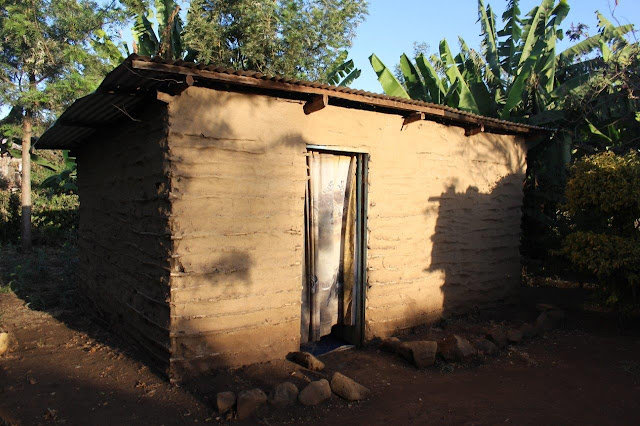On the last day of September, I finally got to try Khan's. Beth and Michela both had been talking about it as one of their favorites, so I was excited to go.
Khan's is an Indian barbecue place. By day, it's a car parts store, but once the business day ends Khan and his men pull the grills out into the street and set up tables on the sidewalk, so they are only open after dark. (Although they also do catering for special events sometimes).
You order plates of meat (beef, lamb, or most famously, chicken) and naan (plain or garlic) for your table, and then make a trip to a table with sauces, side dishes, samosas, and something they call Zanzibar pizza.
 |
| Jackson gets his sauces while Khan (in the middle in the vest) refills the silverware container. |
Two American nurse practitioners, Donna and Karen, who visit every year to help out at the clinic, went with us, since they had never tried it. We all ate until we were stuffed, and had leftovers to take home. The only downside to the evening that Tizo's (Beth's husband) left mirror was stolen off his car from where it was parked up the street. Khan came out to commiserate and offer advice about having the license plate number printed on the glass (as most cars do here, since mirror theft is apparently a thing here.)
 |
| There are more tables on the sidewalk across the street. |
 |
| Spicy grilled chicken...yum. |
 |
| Jackson really isn't impressed with my photography skills. |









































































